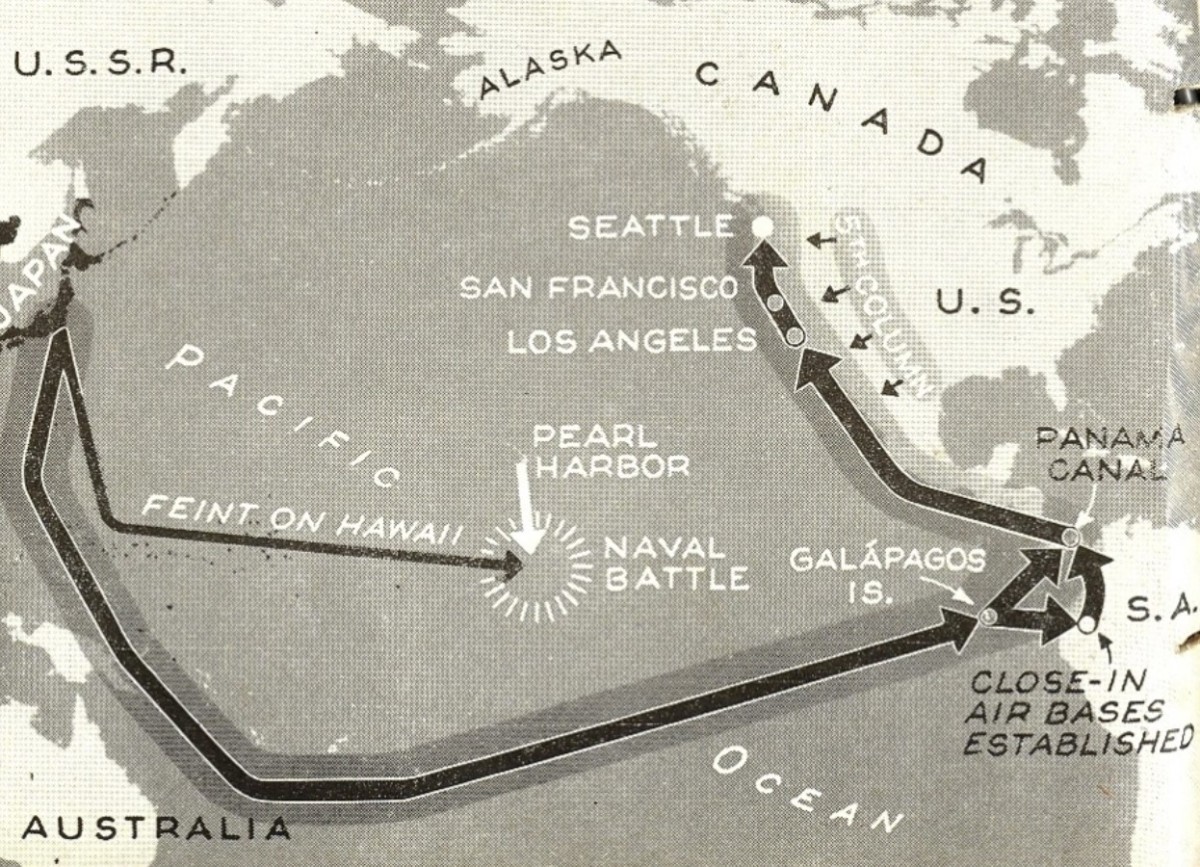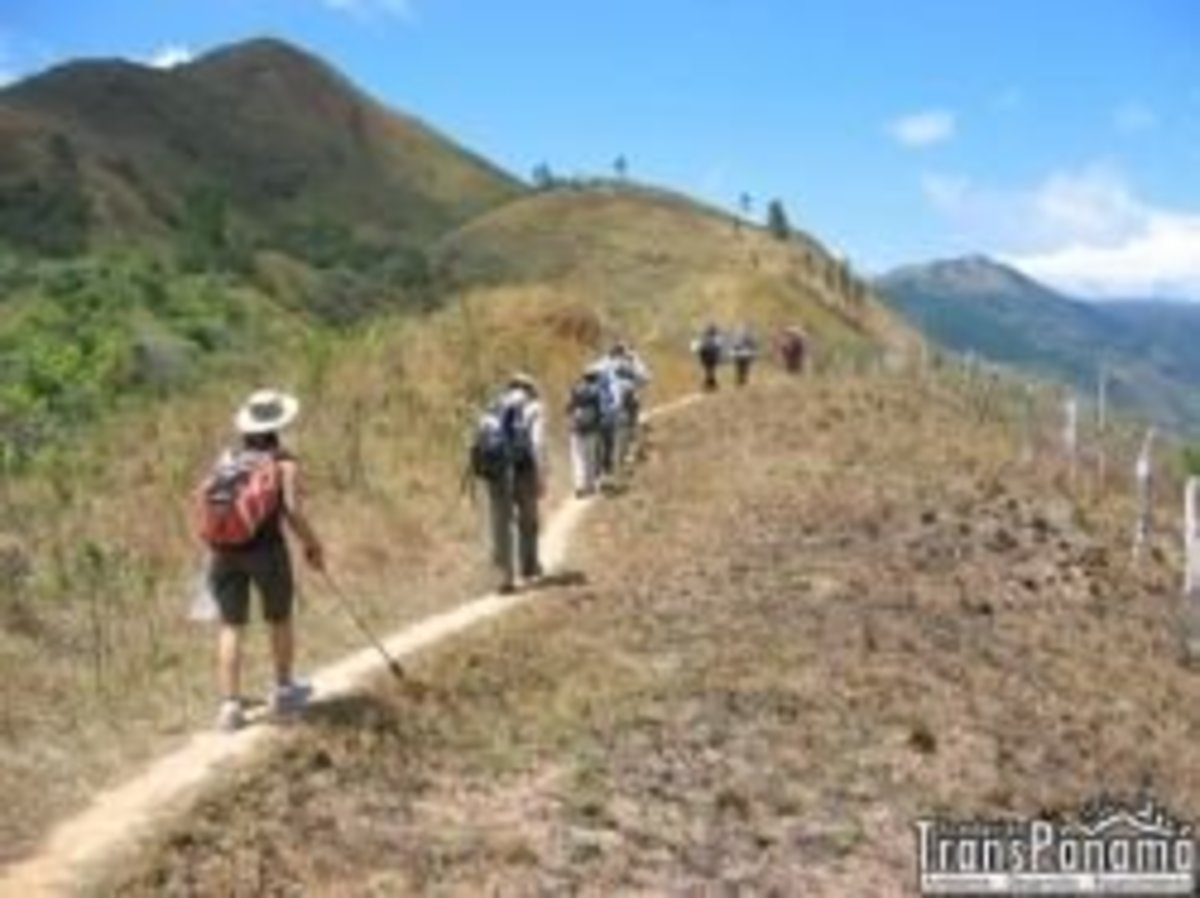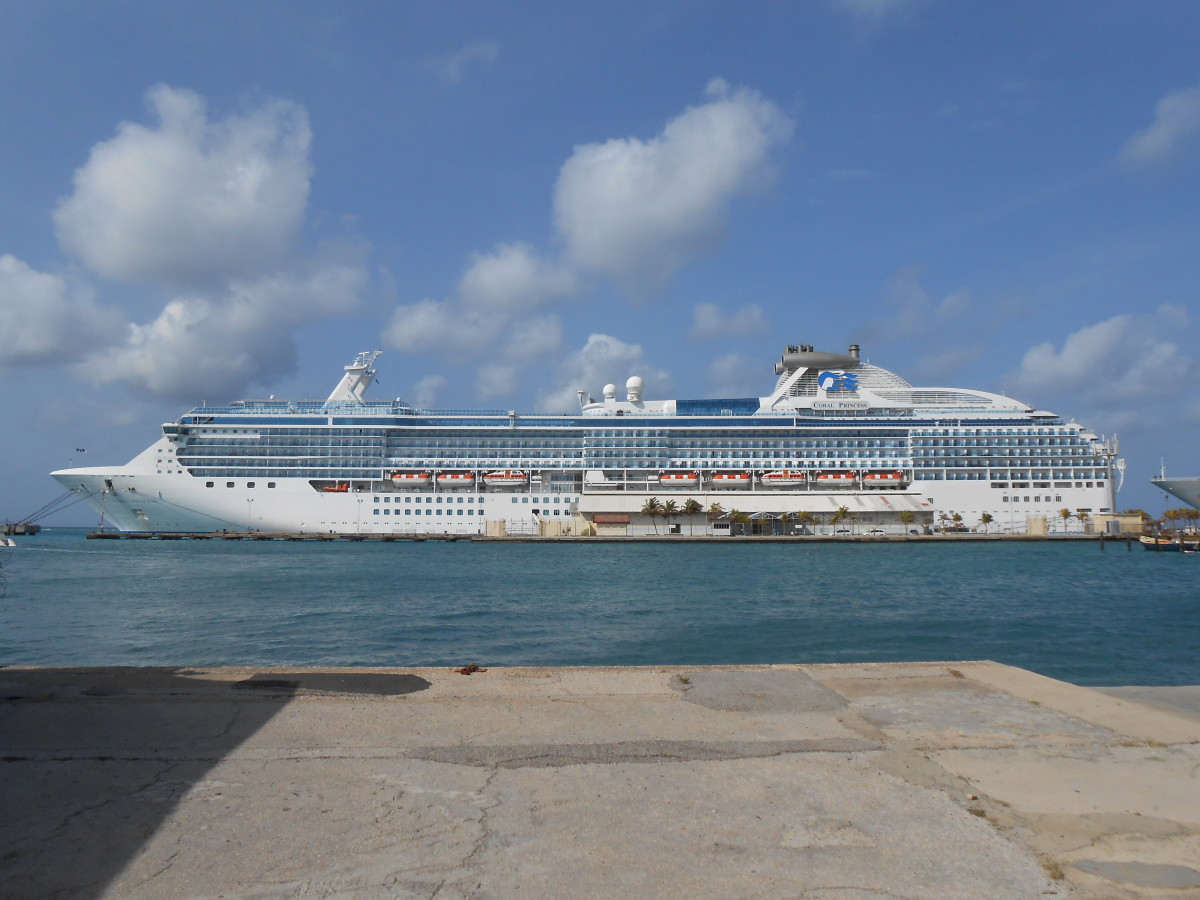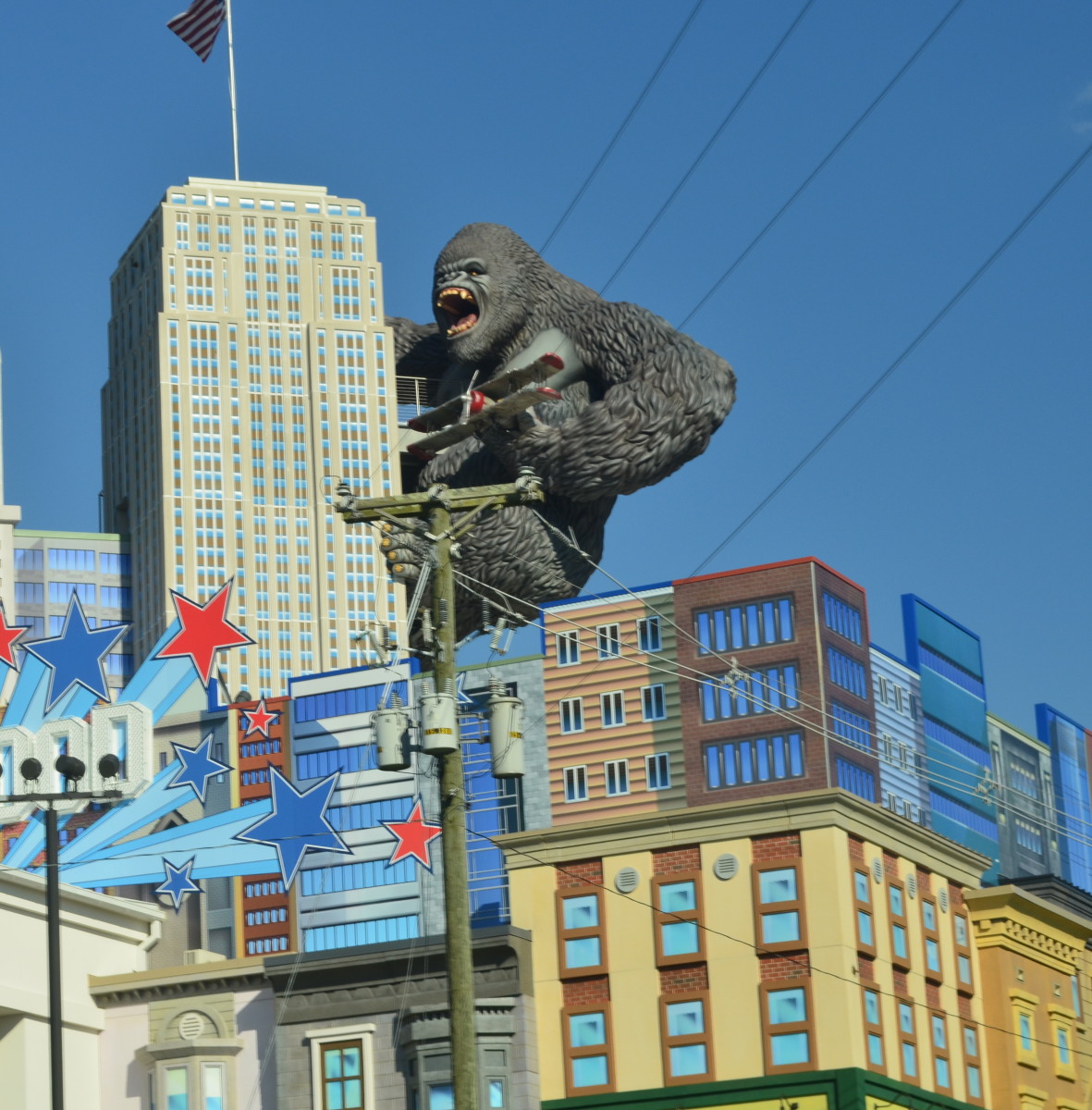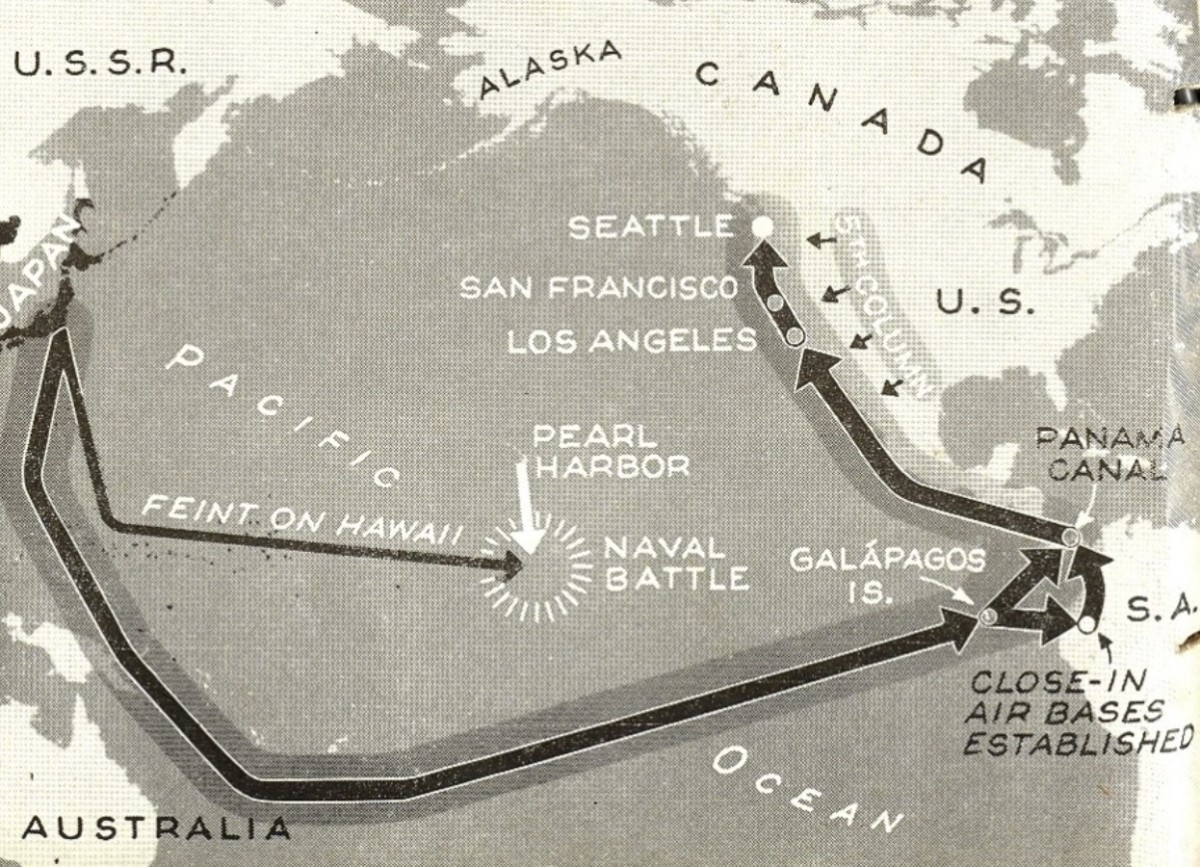- HubPages»
- Travel and Places»
- Visiting North America»
- Central America
Sailing Through the Miraflores Locks on the Panama Canal
Following Completion of Suez Canal, Engineers Turned to Idea of a Canal Across Panama
Following their success in the building of the Suez Canal, which was completed in 1869, French businessmen and engineers turned their turned their attention to building a similar canal across the narrow Isthmus of Panama.
The Suez Canal provided a water route across the short distance between the Mediterranean and Red Seas in Egypt.
This canal saved ships traveling from Europe or eastern North America to south Asia from having to sail around Africa.
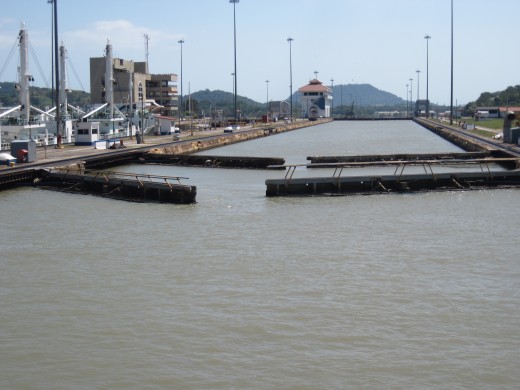
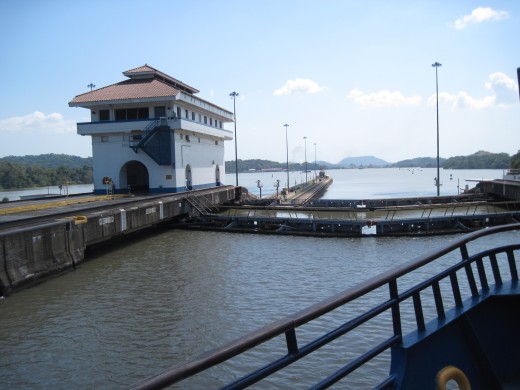
Original Plan Called for a Sea Level Canal
A canal across the narrow Isthmus of Panama would accomplish the same advantages as teh Suez Canal.
A canal across Panama would allow ships from Europe and eastern North America to avoid the long trip around South America when traveling to the west coast of North and South America or to China, Japan and other parts of east Asia.
The first thing the French group needed to do was to secure rights to dig the canal in Panama and this was soon accomplished.
A company composed of, mostly European, international investors and known as La Société Internationale du Canal Interocéanique was formed and the work of building the canal began on January 1,1882.
The plan was to dig a sea level canal across Panama from the Pacific Ocean to the Caribbean Sea.
This would have made the Panama Canal the same as the earlier Suez Canal in that both would have been waterways at sea level connecting two major bodies of water.
However, unlike north-eastern Egypt which is basically flat, Panama has a range of mountains running north-south through the middle of the country.
Mountains Posed a Problem
The mountains are not that high and surveyors who laid out the route for the canal were able to take advantage of a gap in the mountains where the average altitude was 87 meters (285 feet).
This meant that the construction would have required the crews to dig and move thousands of tons of extra dirt as they dug down through 285 feet of dirt just to reach sea level for the canal.
An additional problem was that the 285 foot cliffs that would have remained on either side of the canal would have posed a constant threat of future damage from landslides.
First Two Companies Went Bankrupt
Disease and the rugged terrain proved too much for the first company which ended up going bankrupt from the escalating costs.
A second attempt was made by a new European company which decided to construct the canal over the mountains rather than through the mountains. This avoided having to did down through 285 feet of earth to cut a sea level path through the mountains.
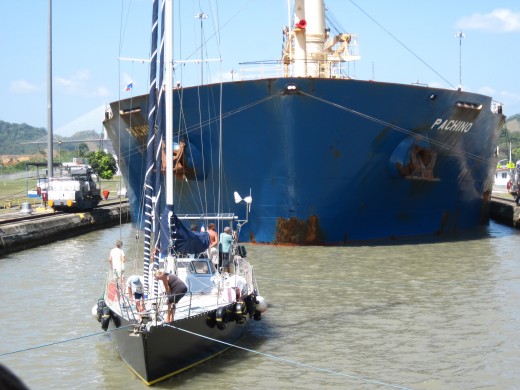
Locks Were Solution to Crossing the Mountains
However, building the canal across the mountain gap meant that a series of locks would needed to change the water levels in sections of the canal so as to raise the ships on one side of the mountain up to the portion of the canal at the top of the gap and then lower the ships back down to the sea level portion of the canal on the other side.
The second European company also went bankrupt and failed. The U.S. Government then stepped in and was able to use the U.S. Army Corps of Engineers to complete the work of constructing the Panama Canal.
In doing so, the Corps of Engineers built three sets of locks - the Gutan Locks on the east side of the canal, the Miraflores locks and the Pedro Miguel locks at the west end of the canal.
The video above was shot from a tour boat as we first waited for the water level in the lock to be lowered and then for the gates to slowly open before we were able to pass through and continue our journey.
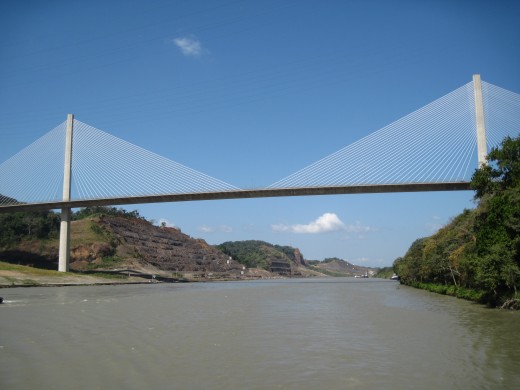
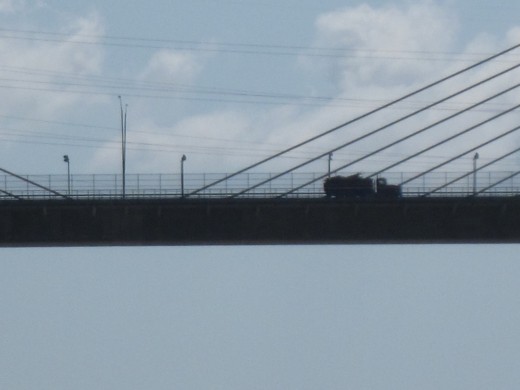
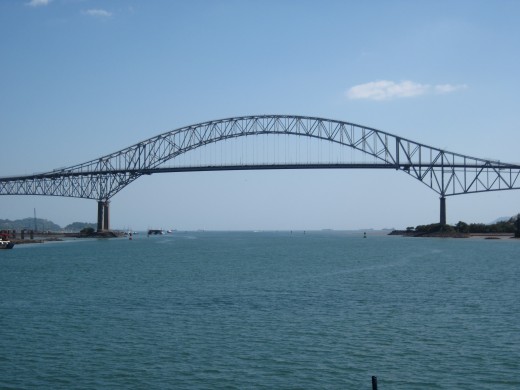
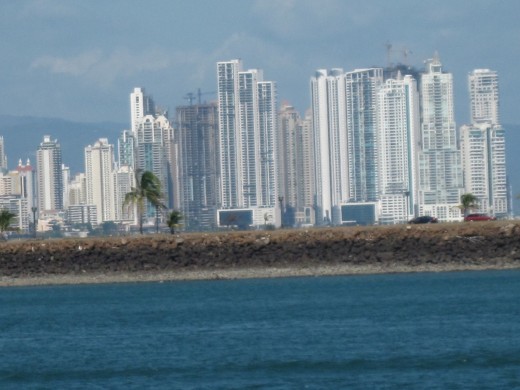
© 2011 Chuck Nugent


